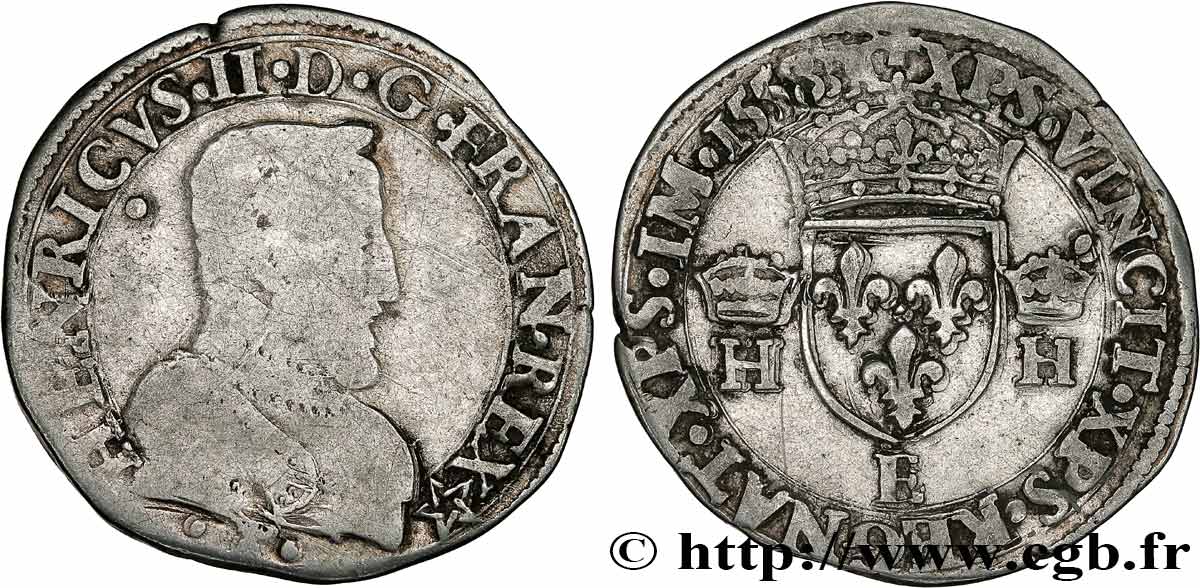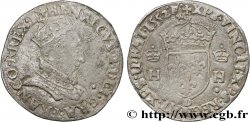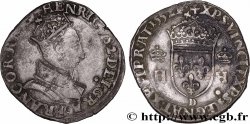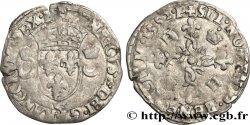Live auction - bry_736128 - HENRY II Demi-teston à la tête nue, 1er type 1558 Tours
You must signin and be an approved bidder to bid, LOGIN TO BID. Accounts are subject to approval and the approval process takes place within 48 hours. Do not wait until the day a sale closes to register. Clicking on "BID" constitutes acceptance of the terms of use of cgb.fr private live auctions.
Bids must be placed in whole Euro amounts only. The sale will start closing at the time stated on the item description; any bids received at the site after the closing time will not be executed. Transmission times may vary and bids could be rejected if you wait until the last second. For further information check the Live auction FAQ
All winning bids are subject to a 18% buyer’s fee.
All winning bids are subject to a 18% buyer’s fee.
| Estimate : | 350 € |
| Price : | 400 € |
| Maximum bid : | 400 € |
| End of the sale : | 07 March 2023 16:34:52 |
| bidders : | 4 bidders |
Type : Demi-teston à la tête nue, 1er type
Date: 1558
Mint name / Town : Tours
Quantity minted : 4035
Metal : silver
Millesimal fineness : 898 ‰
Diameter : 26 mm
Orientation dies : 9 h.
Weight : 4,66 g.
Rarity : R2
Coments on the condition:
Ce demi-teston est frappé sur un flan irrégulier et assez large présentant un éclatement à 11 heures. Exemplaire ayant été nettoyé présentant des rayures au droit. Léger tréflage au revers au niveau du millésime
Catalogue references :
Predigree :
Exemplaire provenant de la collection Alfredo Gameiro Pais
Obverse
Obverse legend : HENRICVS. II. D. G. FRAN. REX (MM).
Obverse description : Tête nue de Henri II à droite ; au-dessous une tour entre deux points.
Obverse translation : (Henri II, par la grâce de Dieu, roi des Francs).
Reverse
Reverse legend : + XPS. VINCIT. XPS. REGNAT. XPS. IM. 1558 (TOUR).
Reverse description : Écu de France couronné accosté de deux H couronnées ; lettre d'atelier à la pointe de l'écu.
Reverse translation : (Le Christ vainc, le Christ règne, le Christ commande).
Commentary
Le chiffre de frappe est exprimé en testons et comprend des testons et des demi-testons. Le demi-teston n’est pas retrouvé dans le FRANCIÆ IV.








 Report a mistake
Report a mistake Print the page
Print the page Share my selection
Share my selection Ask a question
Ask a question Consign / sell
Consign / sell
 Full data
Full data










